Fermenting foods is one of the easiest methods of food preservation. Very little equipment is required. The steps for successful fermentation are easy.
Guide to Fermenting Foods

1) THREE TYPES OF FERMENTATION
2) HOW DOES FERMENTATION PRESERVE FOOD
3) SIX BENEFITS TO LACTO FERMENTATION
4) COMMON FERMENTED FOODS
5) BASIC EQUIPMENT NEEDED
Guide to Pickling Vegetables
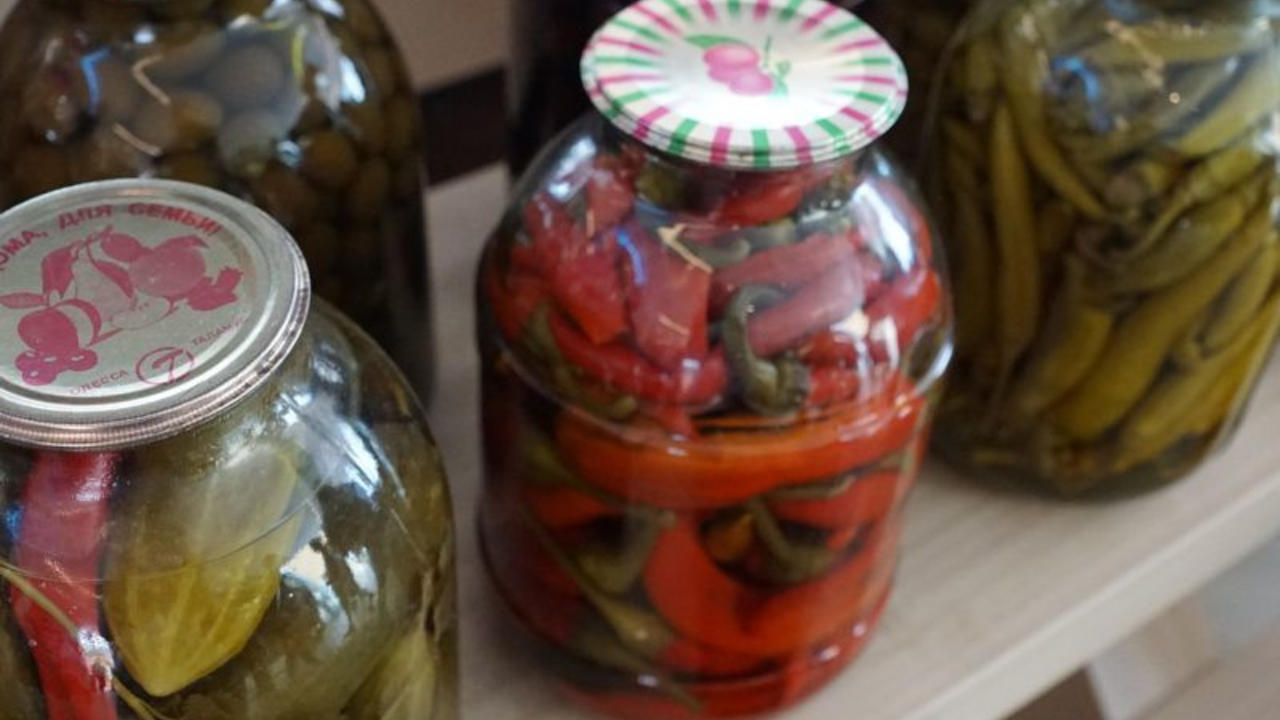
Pickling is likely one of the easiest ways to preserve fresh produce. This process has been used as a means of food preservation for over 4,000 years going back to the time of the ancient Mesopotamians. Food was pickled and used for long journeys especially by sea.
The term pickle is derived from the Dutch word “pekel” or the northern German word “pokel” meaning salt or brine, which are two components important to the process. These days in the U.S. and Canada the word “pickle” almost exclusively refers to pickled cucumbers. However, the end product of any food that is preserved by a pickling process is referred to as a “pickle”.

Pickling preserves food by anaerobic (without oxygen) fermentation. Consequently, this is typically done in either a salt brine or in vinegar. The brine creates an acidic environment which inhibits the growth of bacteria. Consequently the food does not need to be completely sterile.
In addition to vinegar there are often a variety of herbs and spices ...
Guide to Home Canning

Processing and preserving your own food has many advantages. Like any other form of food preservation, home canning is perfectly safe if practiced properly. Being careful to follow recommended guidelines and recipes will ensure that your family enjoys healthy, delicious home preserved foods. This method of food preservation is my personal favorite because there is so much you can do.
Some people have the opinion that modern food preservation methods have largely reduced the need for home canning. They also question why it is even necessary. Furthermore, many people are concerned about the safety of home canning. With all of these concerns in mind, why would you do it when you can simply purchase canned food from the supermarket?
Continue reading to find out the answer to that question.
TABLE OF CONTENTS
1) 15 REASONS TO HOME CAN YOUR FOOD
2) DISADVANTAGES TO HOME CANNING
3) HOW DOES CANNING PRESERVE FOOD
4) CANNING METHODS
5) PREPARATION FOR CANNING
6) BOILING WATER BATH CAN...
Guide to Dehydrating Food
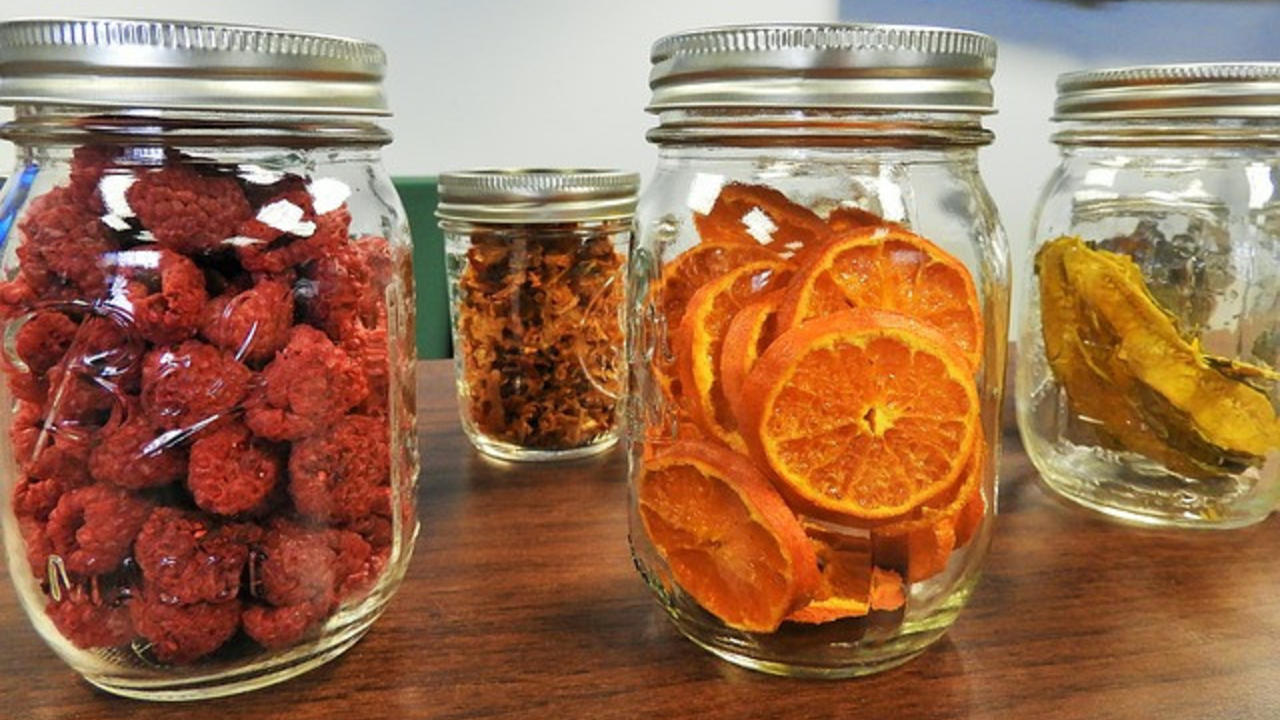
As you likely know by now, being in control over your food supply is a vital part of self sufficiency. In an effort to provide my readers with as much information as possible, this Guide to Dehydrating Food is part of a series of posts on various methods of food preservation. There is a lot of information here so I have provided a clickable table of contents. Enjoy!
TABLE OF CONTENTS
1) INTRODUCTION TO DEHYDRATING FOODS
2) ADVANTAGES AND DISADVANTAGES OF DEHYDRATING FOOD
3) PREPARING FOOD FOR DRYING
4) SEVEN METHODS FOR DEHYDRATING FOOD
5) BEST METHOD OF DEHYDRATING FOOD
6) COMPARISON OF COSTS AND ELECTRICAL REQUIREMENTS
7) HOW TO CHOOSE A FOOD DEHYDRATOR
8) WHAT FOODS CAN BE DEHYDRATED
9) FOODS NOT SUITABLE FOR DEHYDRATION
10)KEYS FOR SUCCESSFUL FOOD DEHYDRATION
11) FAQS ABOUT FOOD DEHYDRATION
12) ADDITIONAL REFERENCES FOR DEHYDRATING FOOD
13) ADDITIONAL POSTS OF INTEREST
Introduction to Dehydrating Food
There is evidence that some cultures dried foods as early as...
14 Ways to Cook Without Using Your Kitchen Stove
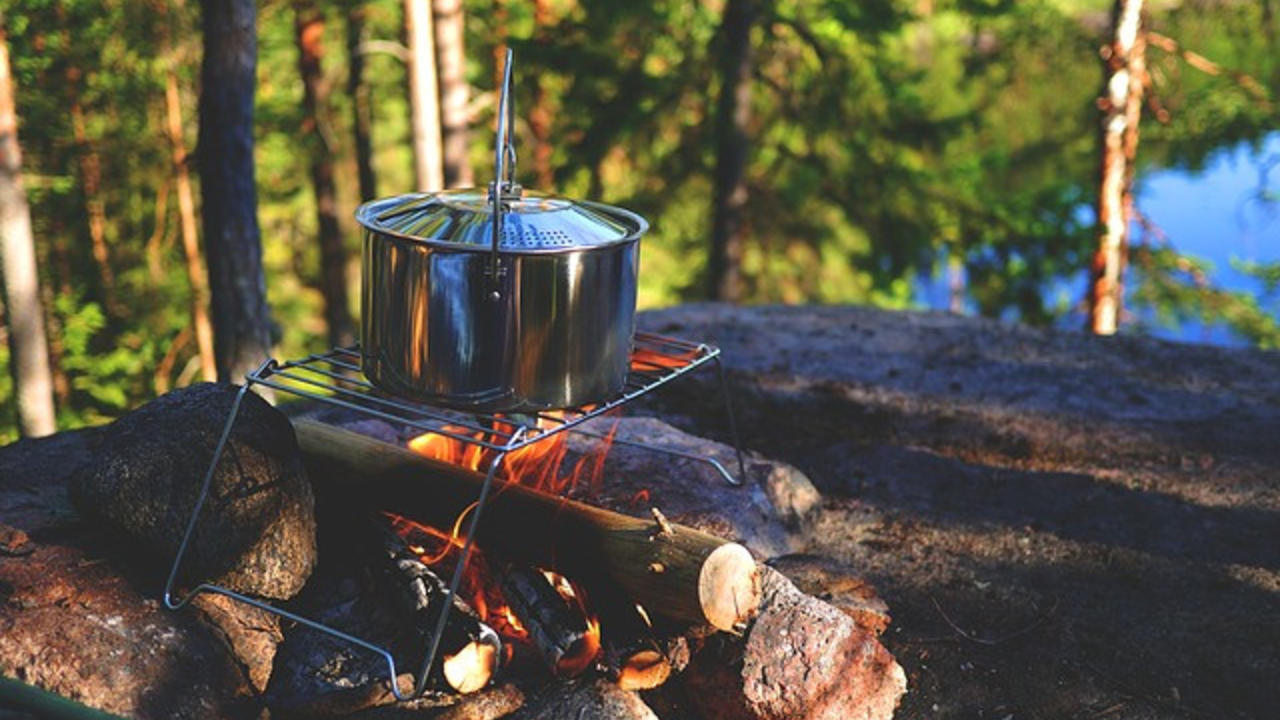
Imagine a scenario where a major storm comes through your area and the utility grid is non-functional for days to weeks. Numerous trees are down and blocking the road. It is impossible to make it to a supermarket. In fact, you cannot even make it out of your driveway.
How do you think you would manage?
Some people relish the idea of going off grid. Others would never even think about it. However, when a major storm rolls through your area and cuts off all basic utilities, you are now off grid whether you like it or not.
Learn From My Experience of Cooking Without My Stove
I have experienced such a scenario multiple times in my life. This is because I’ve lived in several areas that are prone to severe weather. But, because I was prepared for such events, being off grid was only a minor inconvenience. Each time it was similar to having a camping trip except for the fact that I was still at home. It was good practice for what I call “camp cooking”.
If you watch the news then ...
The Ten Essentials Needed for Survival

- Can you respond positively to an accident or emergency?
- Can you safely spend a night (or more) outside?
First and foremost, this blog is not about outdoor survival, camping, hiking, and mountaineering. It is about living a simple life off the grid. But many of us who live off the grid, myself included, do so in an isolated area with few if any neighbors. Consequently, you have to know how to deal with the unexpected and make certain you always have the basics that are necessary for survival. For this reason, I just want to do a quick post on the Ten Essentials.
If you have read my post on the 100 Best Homestead Tools, then you know that you are not going to use...
The Importance of Learning Basic First Aid

I have a long history of working in search and rescue, the fire department, and over 20 years as a medical professional. After all that time of dealing with medical emergencies, lots of things are second nature to me, including basic first aid. However, the average person in our culture is unprepared to deal with medical emergencies even in their own home, much less in the backwoods...
How to Build a First Aid Kit
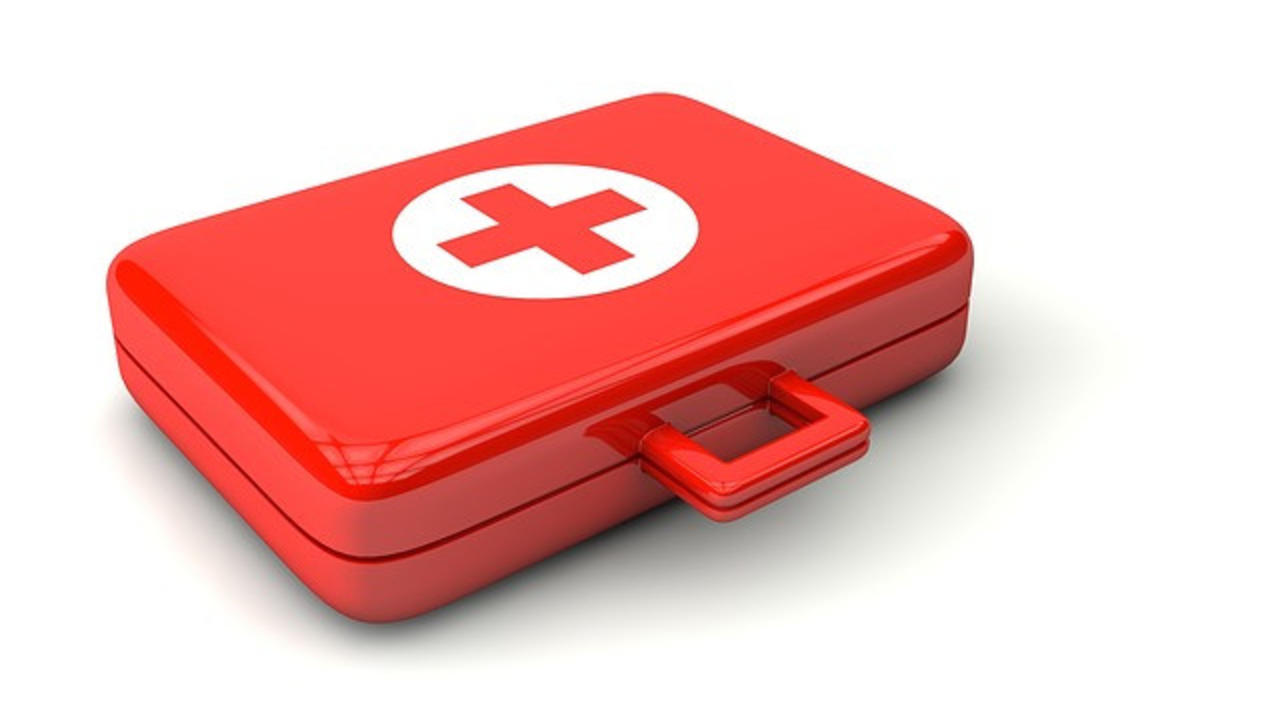
In our pursuit of self reliance we often overlook many of the small details that turn that dream into a reality. One of the things that most people overlook is the possibility of dealing with medical emergencies. Yet this is an extremely important detail that must be addressed before you run for the hills. Having a proper first aid kit on hand is a very important first step.
A little knowledge and experience can help you keep calm during an emergency. It can also help you to manage others and keep them from panicking. Having the ability to treat minor injuries or render basic support until you can consult a medical professional can potentially make the difference between life and death. At the very least, it may prevent an expensive visit to an emergency room. At an absolute minimum, you should take a basic first aid class or become a certified first responder. These skills will serve you well especially if you plan on living in a rural or isolated area.
But in order to addre...
100 Best Homestead Tools

Living on a homestead is a life centered around frugality and self reliance. Every person that chooses this lifestyle is typically a hardy do-it-yourselfer. Additionally, many homesteaders live in homes and cabins they’ve built themselves. If this sounds like a lot of work, you are right. However, the rewards are immeasurable. The other thing you must realize is that all of this work becomes a lot easier if you have the right tools for the job. There is enough work to do on a homestead already. Why not invest in quality homestead tools that will save you time, work, and money.
That said, acquiring those necessary homestead tools is something else all together. After looking at the following list it may seem as if you will have to invest a small fortune to acquire all the necessary tools. You may be right. In fact, I’ve accumulated all of my tools over years of working on the homestead. I have a combination woodshed/toolshed, as well as a storage shed for some of the more expensive ite...
How to Maintain a Safe Water Supply
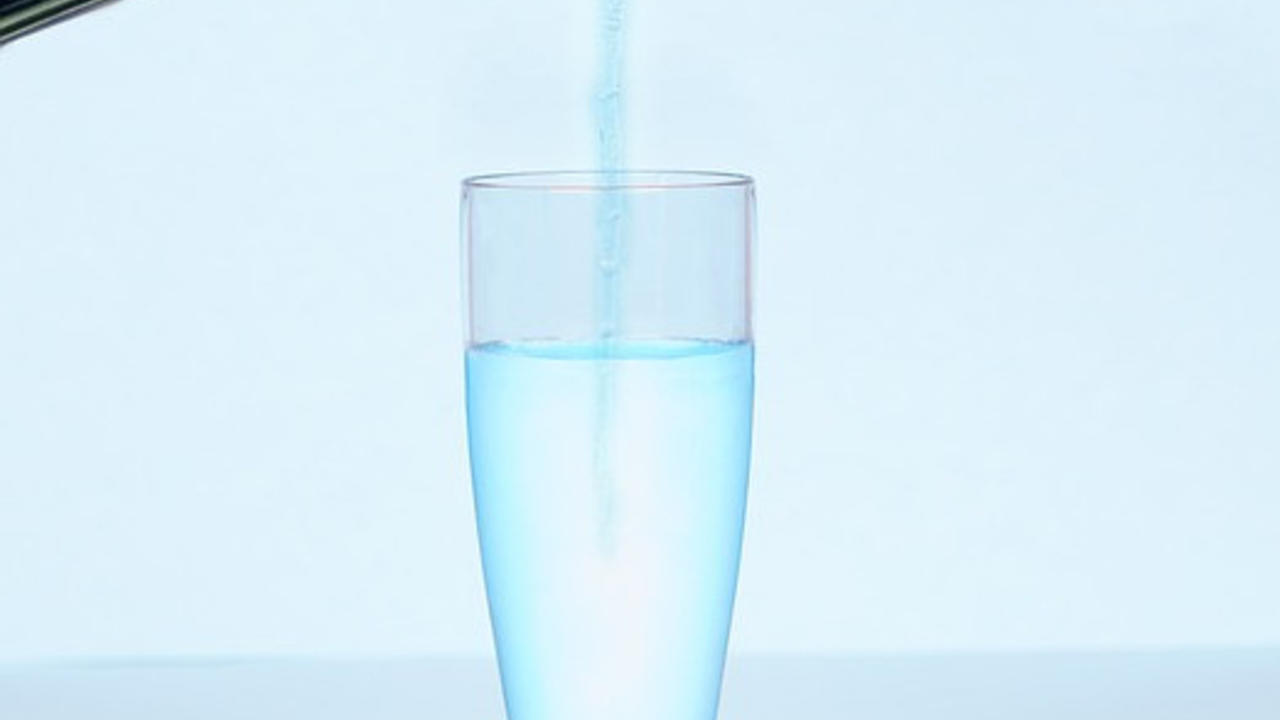
Because water is a basic need you simply cannot live without, maintaining a safe water supply is essential. It is one of the most important elements for being self sufficient. Most healthy adults can survive about three to four weeks without food. However, you can only last 3 to 4 days without water.
Besides, in order to be properly prepared for an emergency situation, you must always have access to a safe water supply. For example, during a major flood event, well water, rivers, streams, lakes and ponds can become contaminated. That contamination can be in the form of chemicals, human sewage, livestock waste, as well as many other potential toxins. Consequently, best practice dictates being completely independent of any sort of infrastructure.
Furthermore, even if you are connected to the public infrastructure, this is no guarantee of a safe water supply. The reason is that during a natural disaster it is common for the public infrastructure to be disrupted. Consequently, the ide...



